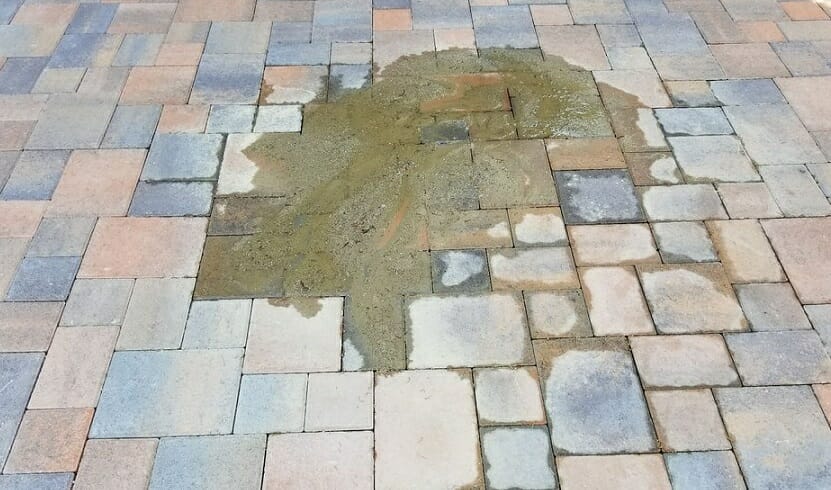As a plumbing pipe ages, small pinhole leaks can occur, leading to low volume localized flooding that can still cause a great deal of damage over a prolonged period. If you’ve noticed that you have drips or puddles in your home, it’s likely that there is a small water leak somewhere in your plumbing systems. But, you can reduce the stress on your pipes, and this can prevent or reduce the number of leaks that you have to deal with.
The Water Pressure
If you live in a home with high water pressure, it’s likely that you will enjoy having a great showering experience each day and water using appliances that always work well. But, there is a downside to having a high water pressure, and that is the toll that it can take on your pipes, valves, joints, and faucets. For this reason, it’s a great idea to contact your
local certified plumber and ask them to measure your water pressure.
The ideal home water pressure should be within the 40-85 psi range, and water pressure higher than 85 psi should be lowered into the safe psi range with a pressure regulator. It’s important to bear in mind that a low flow faucet or showerhead doesn’t lower the water pressure, and these products only control the flow of water.
Everyone enjoys having a decent level of water pressure in their homes. But, like many things in life, striking a balance is important if you want to protect your plumbing pipes. Even slightly lowering the water pressure can relieve some of the stress, and it’s not likely that you would even notice the difference in the shower.
Water Softening
Hard water can have a major impact on the stress levels that your plumbing pipes are subjected to, and this can be avoided by installing a water softener. The water hardening minerals in your water, such as calcium, magnesium, and to a lesser extent, iron, can build up within your plumbing pipes. This will restrict the flow of water and create low water pressure problems in your home. The plumbing fixtures and joints can even become corroded by hard water, and these systems are vital to keeping the plumbing pipes together.
If you inspect your faucets, showerheads or any other surfaces located near a plumbing system you may notice a buildup of colored material or staining. This is a telltale sign that you have a hard water problem, and it will be affecting your plumbing pipes. If your home is supplied with water from a well, you can get the water tested or check the last annual report. If there is a mineral content level over 140 parts per million, the water is considered to be hard.
The best way to get rid of hard water is to install your own water softener to treat all the water coming into your home. There are many types of water softening methods to choose from and different sizes of systems to suit any size of home.
By Giovanni Longo President Flood Brothers Plumbing
Giovanni Longo is a 3rd generation master plumber who has been practicing his craft and trade in the greater Los Angeles area for well over a decade and a half. A plumbing and hydraulics-engineering innovator, Giovanni’s particular world-class expertise focuses on dealing with challenging sewer system designs as well as resolving complex commercial and residential draining issues. As a certified Flood Mitigation expert, he is also well versed in a wide variety of water damage and remediation solution.





